While cats are beloved companions for millions of people around the globe, not every feline breed is well-suited to domestic life. Some breeds thrive in the wild, requiring extensive space, specific diets, and social interactions unavailable in a typical home setting. Understanding these species helps protect both human owners and the cats themselves from distressing or dangerous situations. Here, we delve into ten cat breeds that experts advise against keeping as pets. Each exemplifies unique challenges that can make domestic cohabitation difficult, if not impossible.
Serval
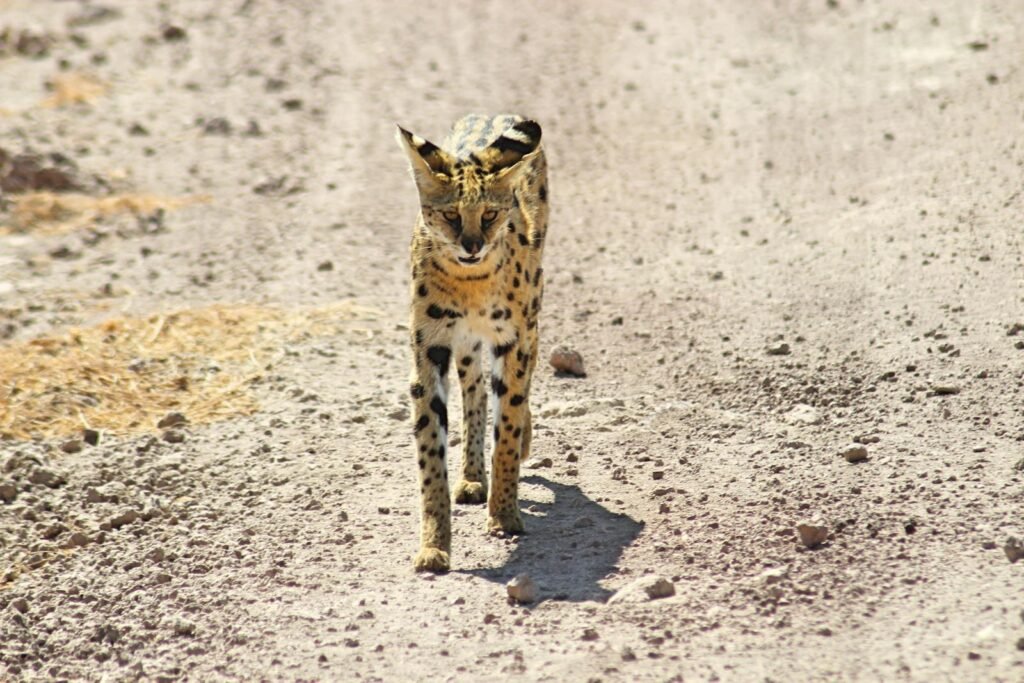
Known for their stunning spotted coats and long legs, Servals are native to the African savanna. These cats have a high energy level and possess a hunting instinct unmatched by domestic breeds. Servals require large, secure enclosures, and their dietary needs are vastly different from typical house cats. Additionally, their inherent wild nature can lead to unpredictable behavior, making them unsuitable for most homes.
Caracal
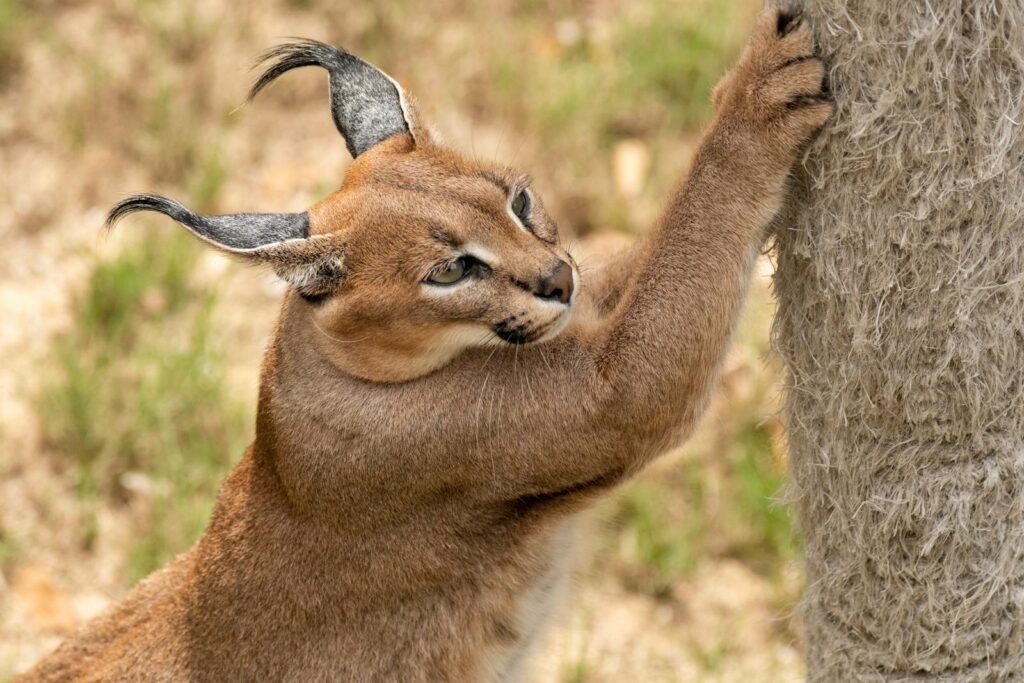
The Caracal, often recognized by its distinctive tufted ears, is another breed that is not well-suited to domestic life. They are skilled hunters with a strong prey drive, often needing live prey to stimulate their natural instincts. Caracals require complex environmental conditions to thrive, making them challenging to keep outside of their natural habitat.
Bengal

Though Bengals are often found in homes due to their exotic appearance, those closer to their wild ancestry are not meant to be pets. These cats are highly intelligent, energetic, and require a significant amount of physical and mental stimulation. Without proper care and environment, Bengals can become frustrated and destructive, illustrating the challenges of maintaining a wild cat hybrid.
Bobcat
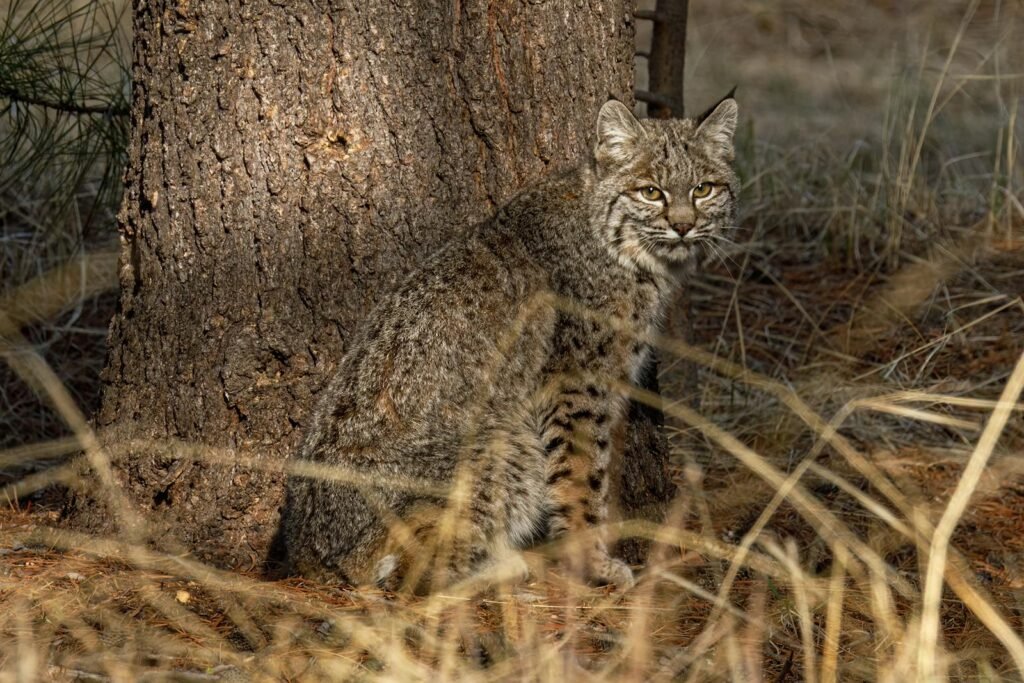
Bobcats are native to North America and are known for their distinctive ear tufts and short tails. While they may appear like larger versions of domestic cats, Bobcats are fiercely independent and territorial. This breed can pose real safety risks to its owners and other pets and is best suited to an expansive, wilderness environment where it can rely on its instincts.
Ocelot
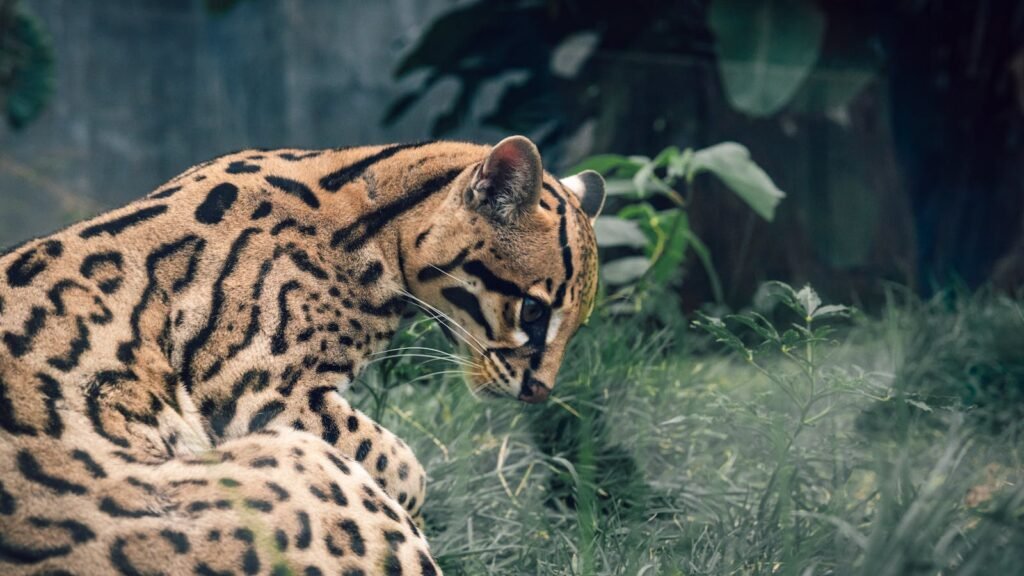
Ocelots hail from the South American jungles and sport a beautiful, dappled coat. However, they are solitary by nature and need vast territories. Ocelots have demanding dietary needs and require a diet that mimics their wild feeding habits, which can be challenging and costly to replicate in captivity.
Geoffroy’s Cat
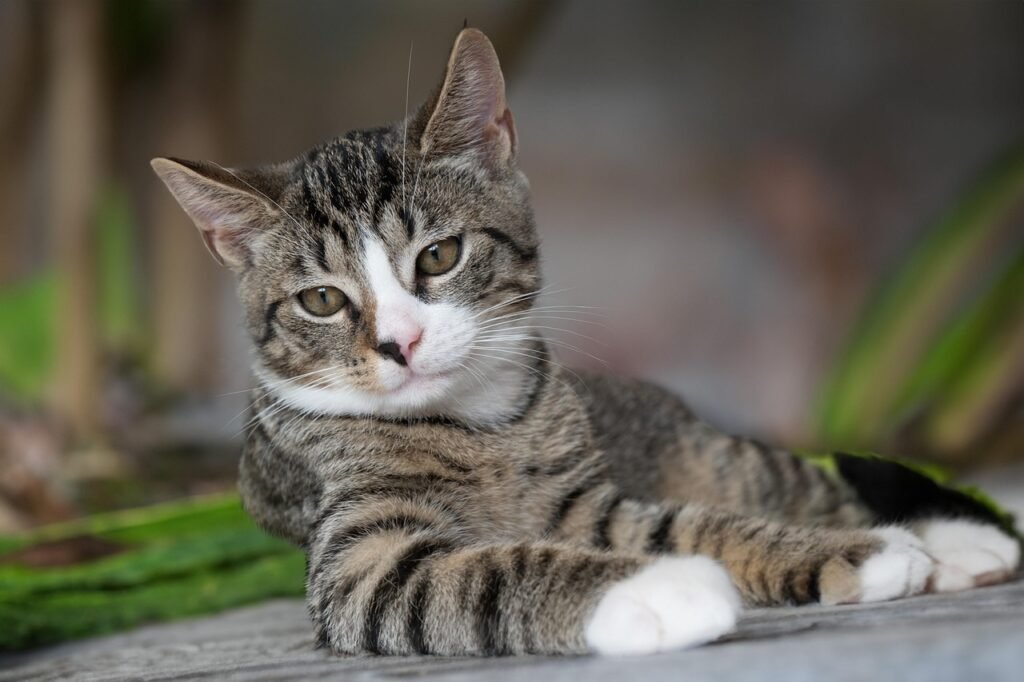
Native to South America, Geoffroy’s Cats are small but fierce. They are climbers with a strong need for space and stimulation. Known for their agility and hunting prowess, they don’t adapt well to confined spaces or the presence of other animals, making them unsuitable for domestic environments.
Chausie
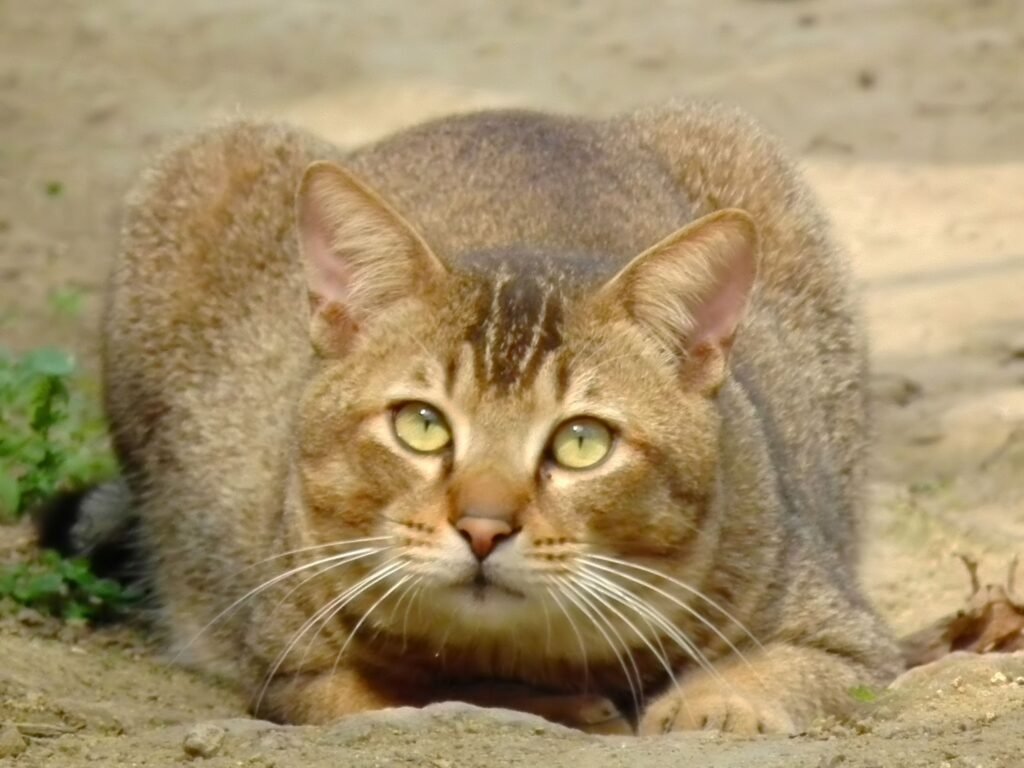
A hybrid of the wild Jungle Cat and domestic breeds, the Chausie is often misunderstood. While they might seem closer to domestic cats in demeanor, their energy levels and independence make them challenging companions. They often require specialized diets and extensive outdoor space to thrive.
Jungle Cat
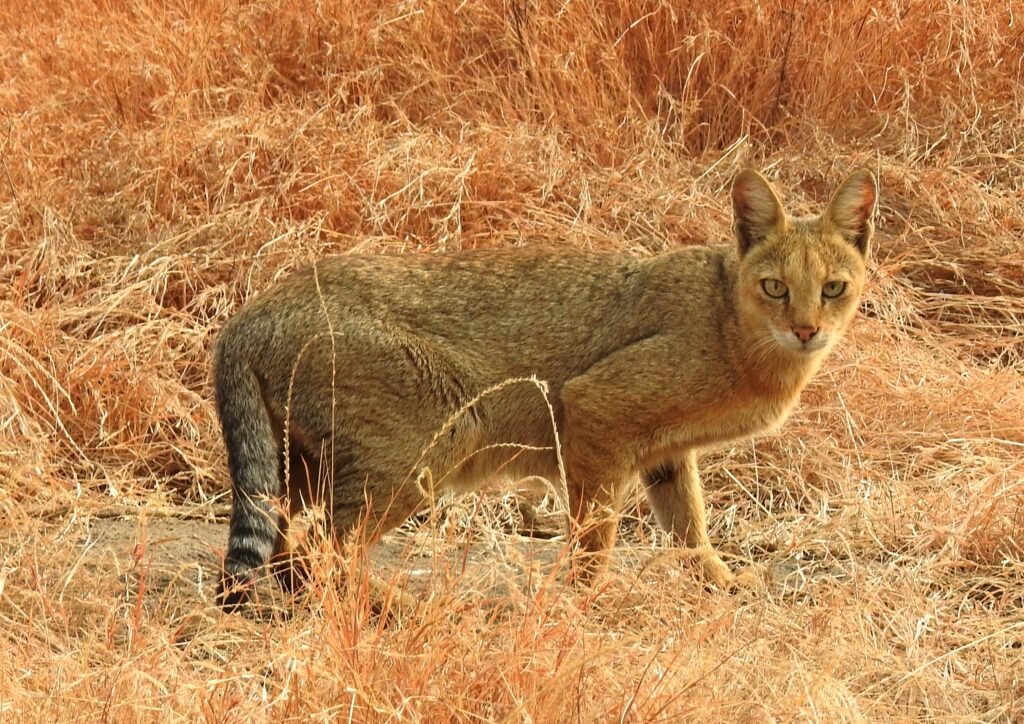
The Jungle Cat, native to the Middle East and Asia, is another breed better left in the wild. They are naturally elusive and prefer life in dense vegetations close to water bodies. These cats have a strong territorial instinct and a high need for exercise, which can’t be met within a typical home setting.
Fishing Cat

As the name suggests, Fishing Cats are adept swimmers and hunters of aquatic prey. Native to South and Southeast Asia, they have specific habitat needs related to water access. Their diets and social structures differ vastly from domesticated cats, making them ill-suited for a household environment.
Andean Mountain Cat
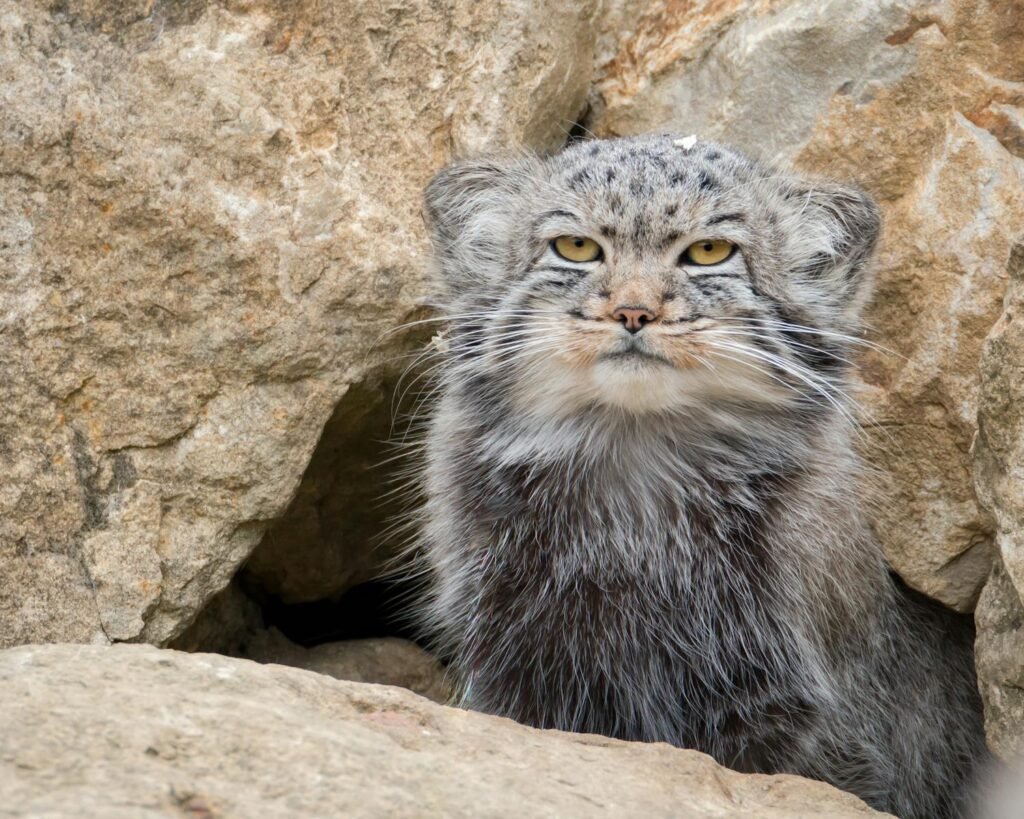
With its rare and elusive nature, the Andean Mountain Cat is one of the least studied wild cat species. Found in the Andes Mountains, its high-altitude adaptation makes it improbable to thrive in domestic settings. Protecting this species from domestic pet trade is crucial to conserving its population in the wild.
The allure of owning an exotic cat breed may be compelling, but it is essential to consider their specific needs and challenges. Many require environments and care conditions that domestic settings cannot replicate. The humane choice is to allow these magnificent creatures to live as nature intended—in the wild, ensuring their health and the safety of potential owners.

Suhail Ahmed is a passionate digital professional and nature enthusiast with over 8 years of experience in content strategy, SEO, web development, and digital operations. Alongside his freelance journey, Suhail actively contributes to nature and wildlife platforms like Feline Fam, where he channels his curiosity for the Feline into engaging, educational storytelling.
With a strong background in managing digital ecosystems — from ecommerce stores and WordPress websites to social media and automation — Suhail merges technical precision with creative insight. His content reflects a rare balance: SEO-friendly yet deeply human, data-informed yet emotionally resonant.
Driven by a love for discovery and storytelling, Suhail believes in using digital platforms to amplify causes that matter — especially those protecting Earth’s biodiversity and inspiring sustainable living. Whether he’s managing online projects or crafting wildlife content, his goal remains the same: to inform, inspire, and leave a positive digital footprint.






